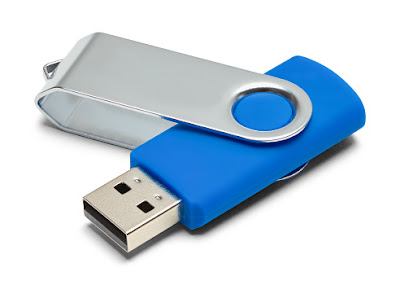USB Flash Drive:
USB flash drives are detachable,
writable storage devices that connect via a USB port and use non-volatile flash
memory technology, as their name suggests.
Despite their small size, USB flash drives
provide a lot of storage space, with capacities ranging from 128MB (though you
don't often see this kind of disk anymore) to 2TB.
Additionally adaptable, the little but mighty
storage device provides forward and backward compatibility with the USB
standard that the device it is linked to supports.
The USB 3.0 capacity of a flash
drive, for instance, would still function with a USB 2.0-compatible device. On
a device that supports USB 3.1, it would also function similarly. Flash drives
work with any gadget that has a USB connector.
Although the actual speed in the real world is
substantially slower, the USB drive's transfer speed is dependent on the USB
standard of the device.
SD Card:
SD (Secure Digital) cards use
non-volatile flash memory and are comparable to USB flash drives in that they
are removable and rewriteable.
There are three different form
factors available for the five SD card families. The supported form factors are
microSD, miniSD, and regular size.
There are five families based on the card's
capacity. An SDSC (SD Standard Capacity) card can hold up to 2GB of data, an
SDHC (SD High Capacity) card up to 32GB, an SDXC (SD Extended Capacity) card up
to 2TB, and an SDUC (SD Ultra Capacity) card up to 64 times as much data as an
SDXC (128TB). An SDIO (SD (Input/Output)) card can handle input/output
operations. Depending on the bus interface speed of the SD card slot, files can
transfer data at various rates.
SD cards are less tolerant of connectivity issues than USB devices. While USB drives just require a USB port, which is available on the majority of modern PCs, an SD card requires a compatible slot and a host device to operate.


.jpg)